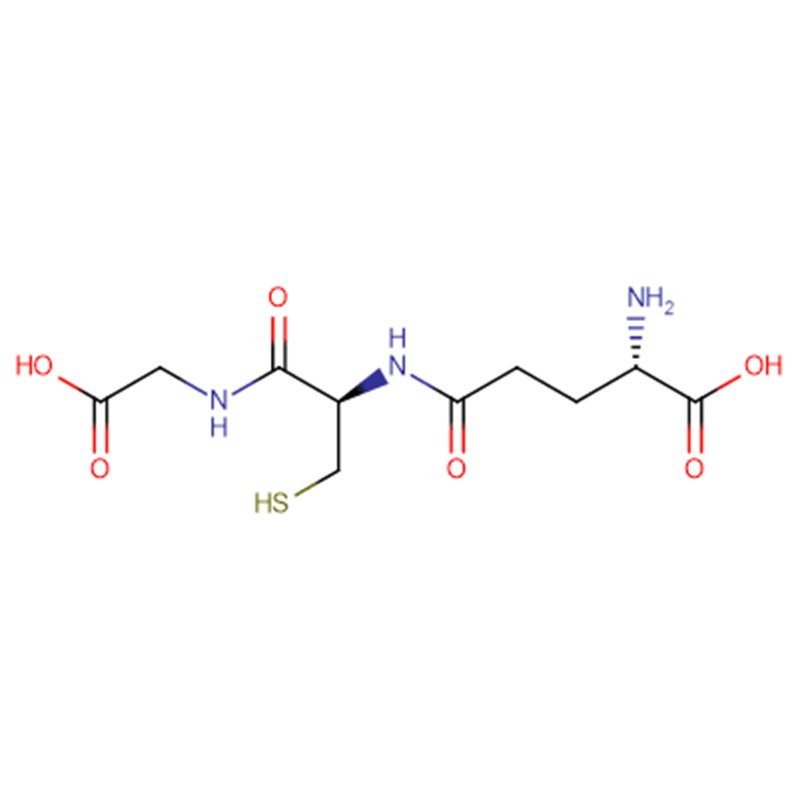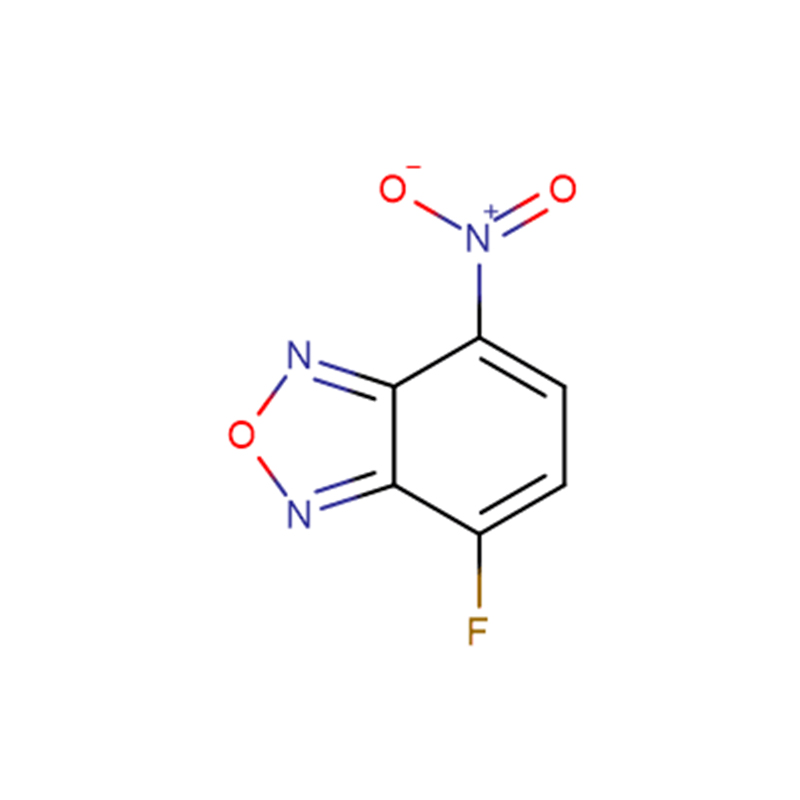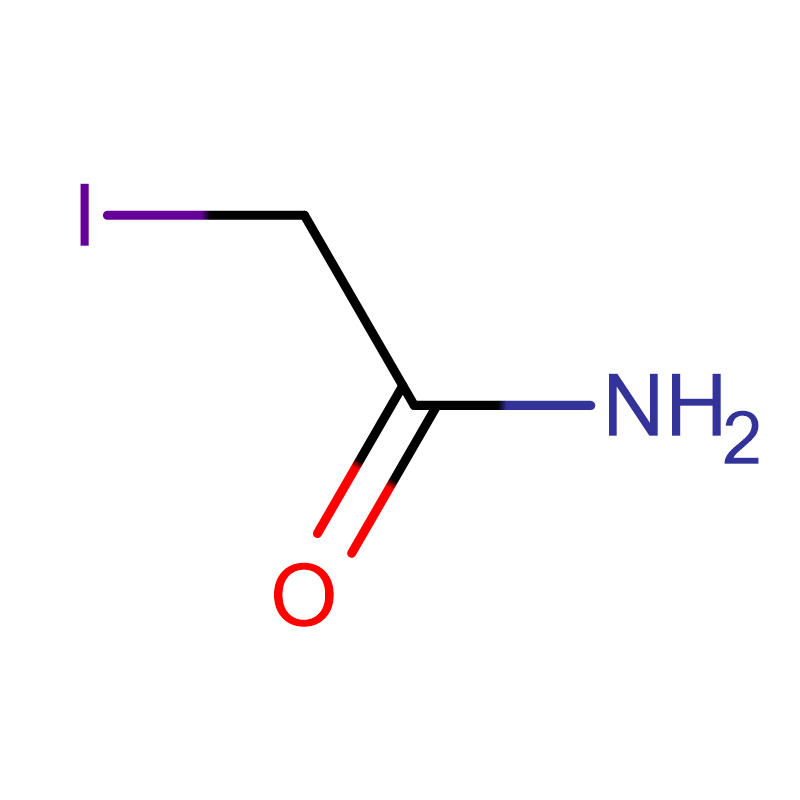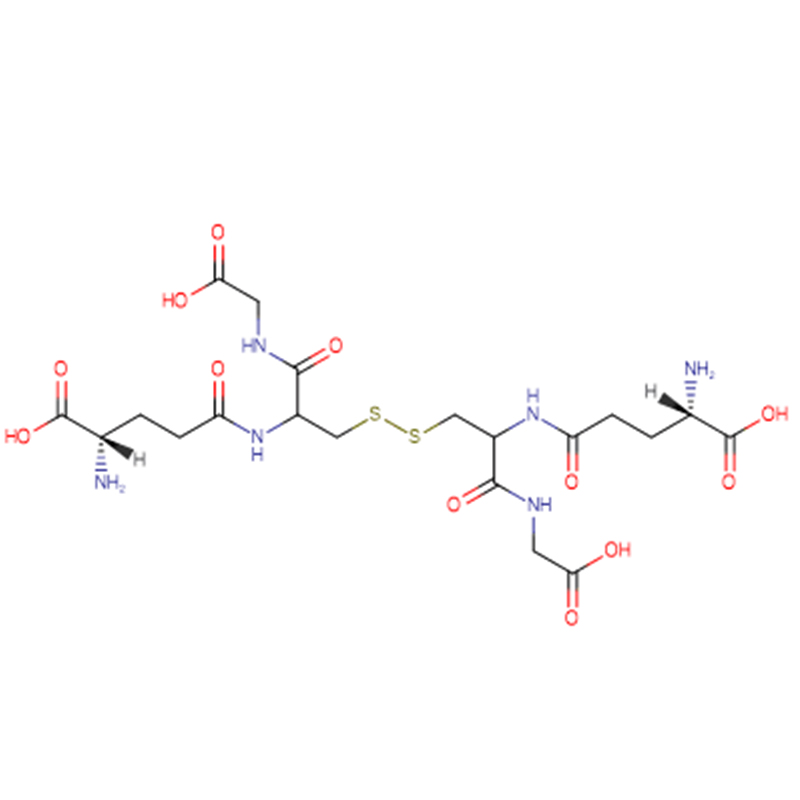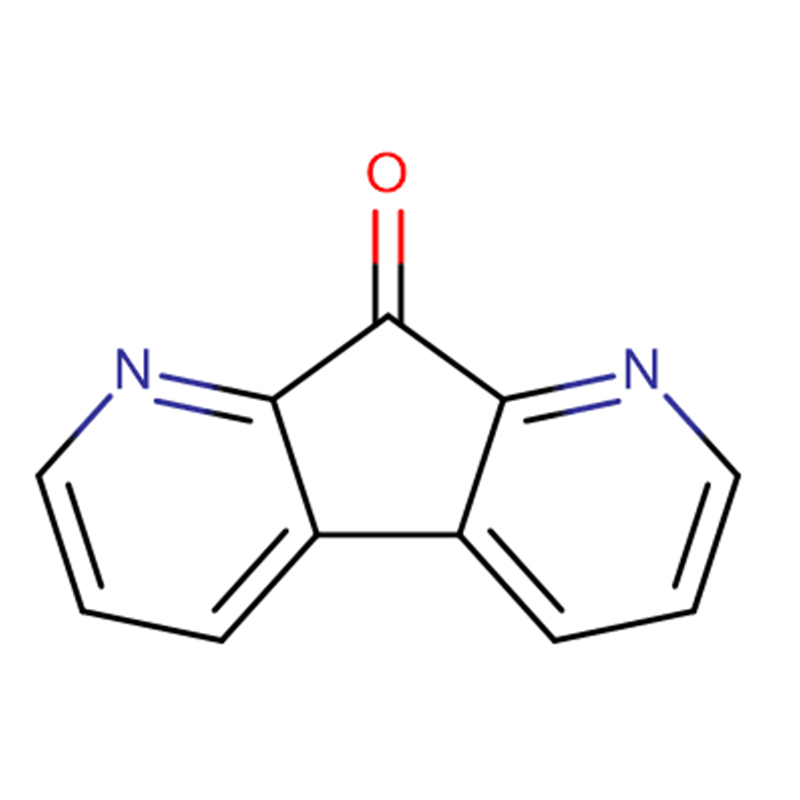PUROMYCIN DIHYDROCHLORIDE Cas: 58-58-2 98% White powder
| Catalog Number | XD90195 |
| Product Name | Puromycin dihydrochloride |
|
CAS |
58-58-2 |
|
Molecular Formula |
C22H31Cl2N7O5 |
|
Molecular Weight |
544.431 |
| Storage Details | -15 to -20 °C |
| Harmonized Tariff Code | 29419000 |
Differentiation of orbital fibroblasts into mature adipocytes and subsequent accumulation of adipose tissue has been shown in the progression of Graves' orbitopathy (GO). Autophagy is involved in adipogenesis, but little is known about the role of autophagy in the initiation and progression of GO. The aim of this study is to investigate the role of autophagy in the pathogenesis of GO.Orbital adipose/connective tissue explants from patients with GO and from normal subjects, as well as isolated orbital fibroblasts, were analyzed. Adipogenesis was induced using differentiating medium with or without hydrogen peroxide, and autophagy was manipulated using bafilomycin A1 and Atg5-targeted short hairpin RNA (shRNA). Autophagosomes were identified by electron microscopy. Expression of autophagy-related genes and adipogenesis-related transcription factors were analyzed by real time reverse transcription-polymerase chain reaction and/or Western blot analysis. Lipid droplet accumulation was exami ned by Oil Red O staining.Autophagic vacuoles were more abundant in GO cells than in non-GO cells (p<0.05). Expression of autophagy-related genes was significantly higher in GO tissues and cells than in their non-GO counterparts, respectively. Interleukin-1β increased LC3-II, p62, and Atg7 protein in GO cells. Autophagosome accumulation was shown at day 4 of adipogenesis and decreased by day 10, along with lipid droplet formation. Expression of LC3 and p62 proteins increased within 48 hours of differentiation and diminished gradually from day 4 to 10. Bafilomycin A1 treatment and Atg5 knockdown by shRNA inhibited lipid droplet accumulation and suppressed expression of adipogenic markers.Autophagy was increased in GO tissue and cells compared to non-GO tissue and cells, suggesting that autophagy plays a role in GO pathogenesis. Autophagy manipulation may be a therapeutic target for GO.
4-Nitrophenyl-N-acetyl-β- D-glucosaminide is a useful substrate for rapid colorimetric assay of N-acetyl-b-glucosaminidase activity in human urine. Chromogenic β-Glucosaminidase substrate yielding a yellow solution upon cleavage, employed particularly in yeasts and molds.



